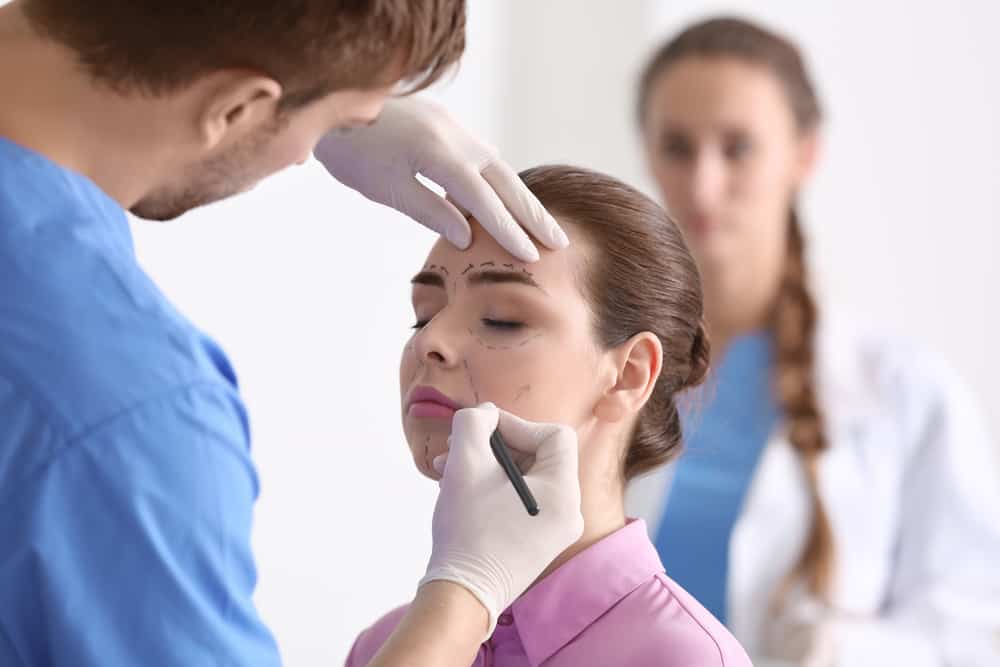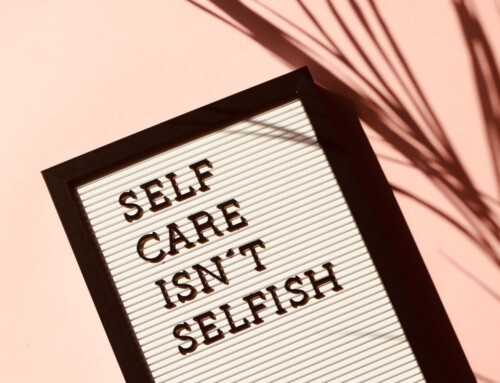The three wishes of every man: to be healthy, to be rich by honest means, and to be beautiful.
—PLATO
There were close to 16 million cosmetic surgeries in the U.S. last year. Are we obsessed with beauty? Dr. Nancy Etcoff thinks so. She says, “Philosophers ponder it and pornographers proffer it. Asked why people desire physical beauty, Aristotle said, ‘No one that is not blind could ask that question.’ Beauty ensnares hearts, captures minds, and stirs up emotional wildfires. From Plato to pinups, images of human beauty have catered to a limitless desire to see and imagine an ideal human form.”
Many psychologists and researchers echo Etcoff’s concept of distorted beauty and believe Americans are obsessed with the flawless body image. Hollywood entertainers, like Megan Fox, have been accused of having one too many procedures to alter her already knockout appearance. Fox’s before and after pictures clearly show a difference in various areas of her body; and some critics suggest there could be severe psychological challenges with women who go to such extremes. So, the question remains, “How much is too much?” Has Hollywood created a culture of BDD (Body Dysmorphic Disorder) monsters? How can you tell if are “overly” obsessed with your body image?
Researchers at the Cleveland Clinic suggest:
6 Warning Signs of BDD: People with BDD have distorted views of themselves, which can lead to harmful or socially avoidant behaviors or repeated attempts to correct perceived problems through surgery. Some of the warning signs that a person may have BDD include the following:
• Engaging in repetitive and time-consuming behaviors, such as looking in a mirror, picking at the skin, and trying to hide or cover up the defect
• Constantly asking for reassurance that the defect is not visible or too obvious
• Repeatedly measuring or touching the defect
• Experiencing problems at work or school, or in relationships due to the inability to stop focusing about the defect
• Feeling self-conscious and not wanting to go out in public, or feeling anxious when around other people
• Repeatedly consulting with medical specialists, such as plastic surgeons or dermatologists, to find ways to improve his or her appearance
The most common areas of concern for people with BDD include:
• Skin imperfections — These include wrinkles, scars, acne, and blemishes.
• Hair — This might include head or body hair or absence of hair.
• Facial features — Very often this involves the nose, but it also might involve the shape and size of any feature.
Other areas of concern include the size of the penis, muscles, breasts, thighs, buttocks, and the presence of certain body odors.
How is BDD treated?
Treatment for BDD likely will include a combination of the following therapies:
• Psychotherapy — This is a type of individual counseling that focuses on changing the thinking (cognitive therapy) and behavior (behavioral therapy) of a person with body dysmorphic disorder. The goal is to correct the false belief about the defect and to minimize the compulsive behavior.
• Medication — Certain antidepressant medications called selective serotonin reuptake inhibitors (SSRIs) are showing promise in treating body dysmorphic disorder.
• Group and/or family therapy — Family support is very important to treatment success. It is important that family members understand body dysmorphic disorder and learn to recognize its signs and symptoms.
NOTE: You can freely redistribute this resource, electronically or in print, provided you leave the authors contact information below intact.
AUTHOR: Jada Jackson, MS, LMHC – Communicator, Coach & Licensed Mental Health Counselor provides Dallas teen counseling services. If you are in need of self esteem counseling or feel you may have BDD you can reach Jada at: (469) 757-5215






Megan Fox has had 3 nose jobs, lip plumping, botox, a boob job, chemical peels to remove her scars and freckles on her face, dental work, a mini brow lift, chin augmentation, and most recently cheek fillers / implants. She has definitely had too much and as a result isnt looking too good these days. She should have stayed natural or after she had her first bit of work done – she looked amazing then. but i think she is obsessed.
Wow!